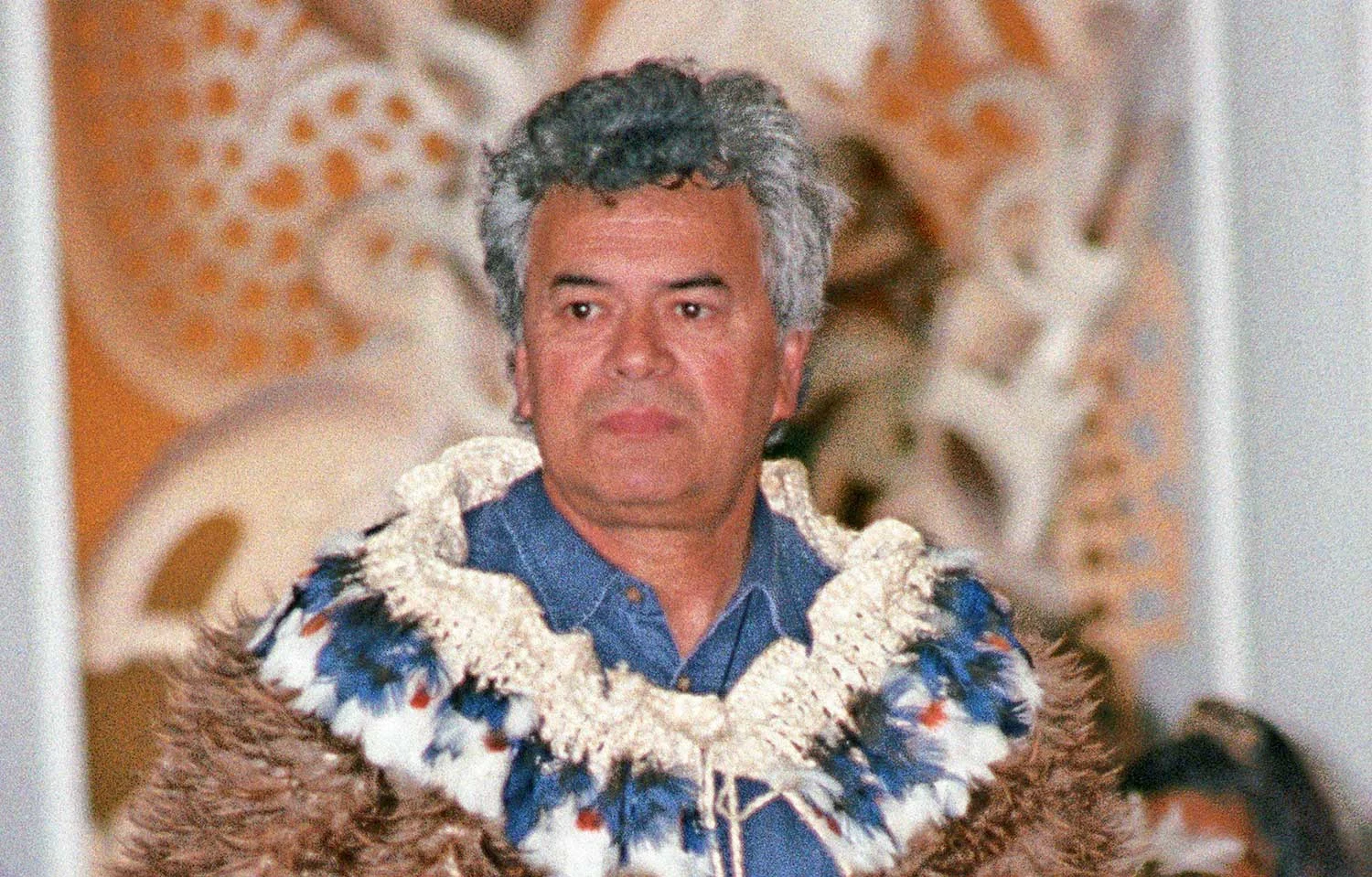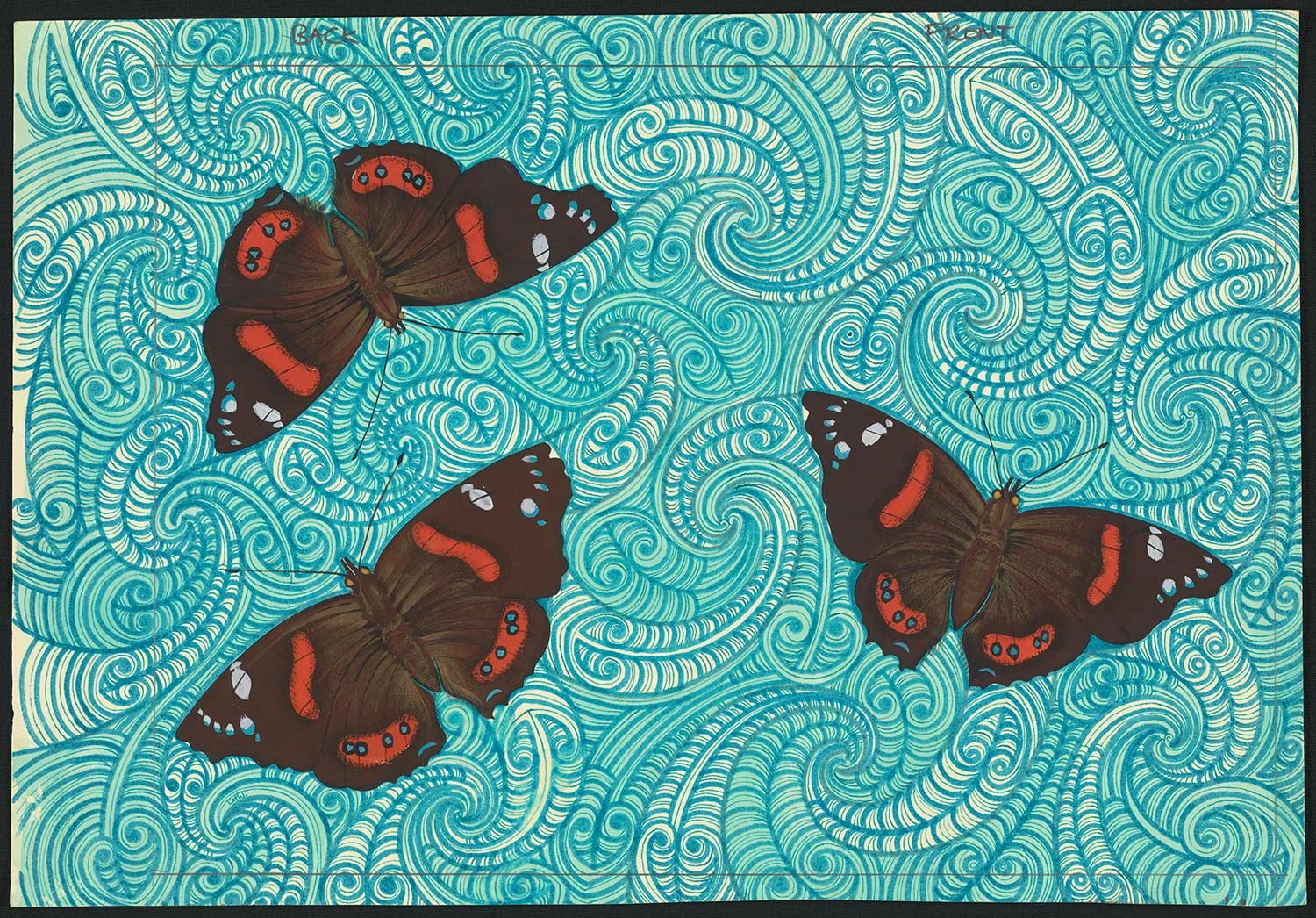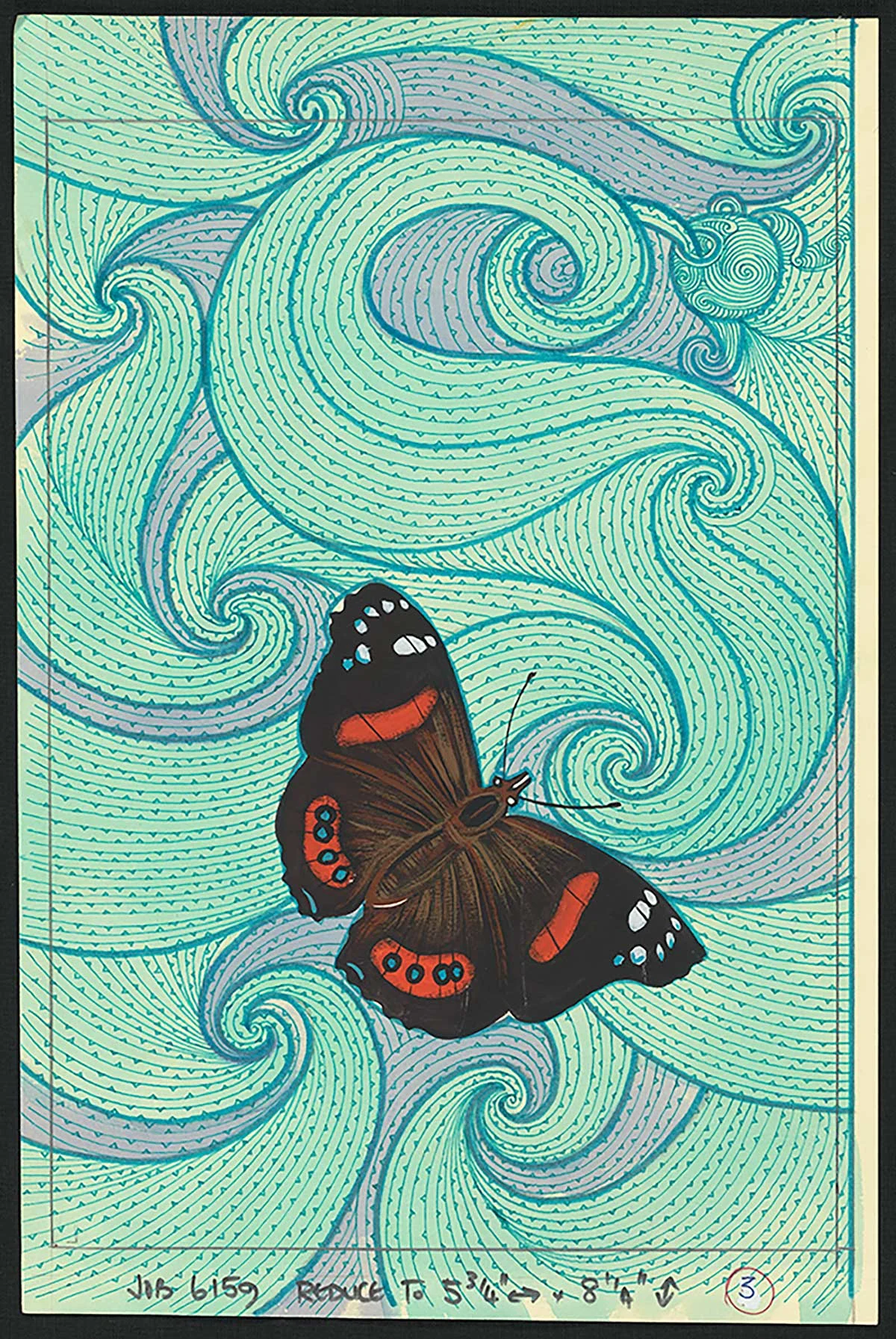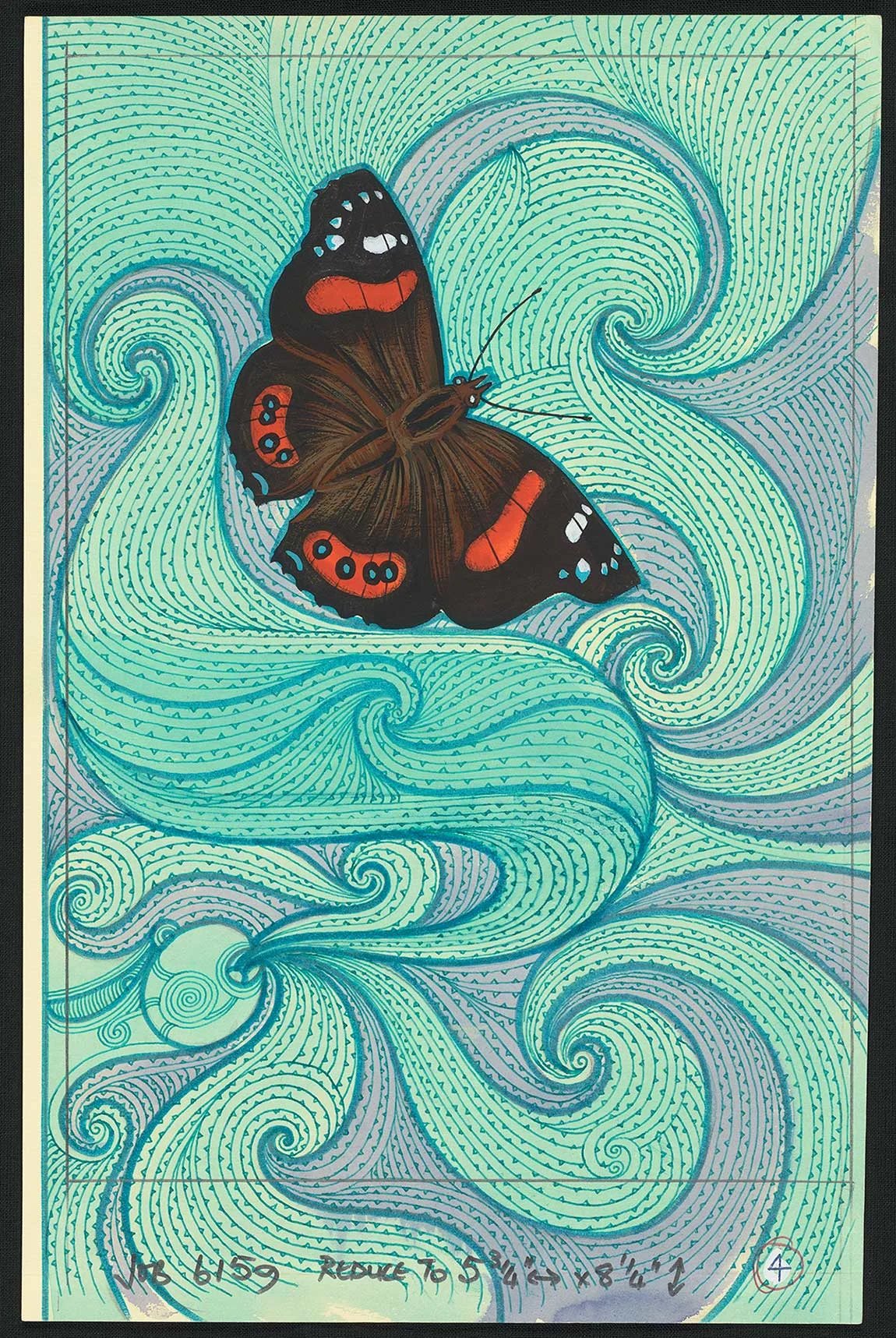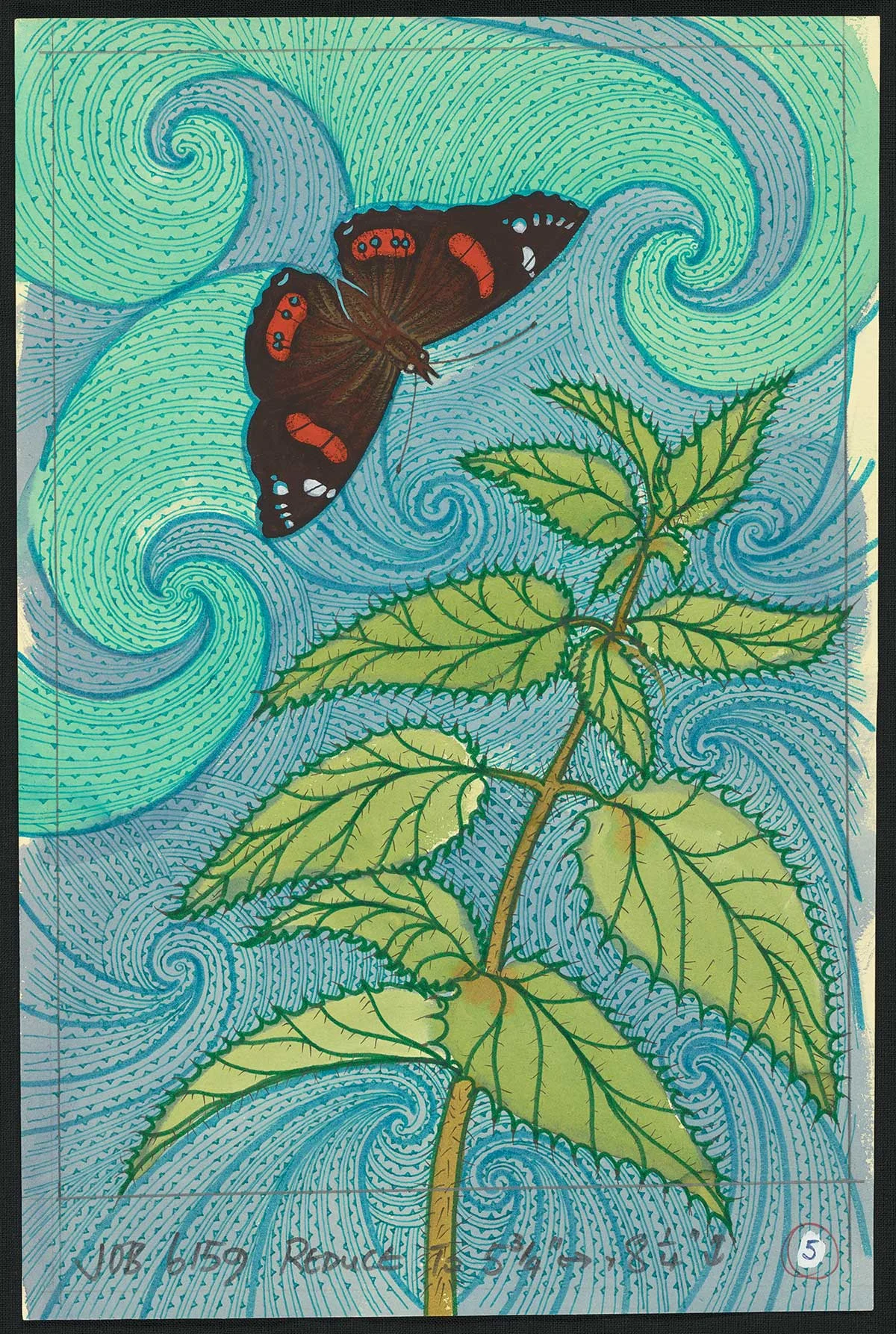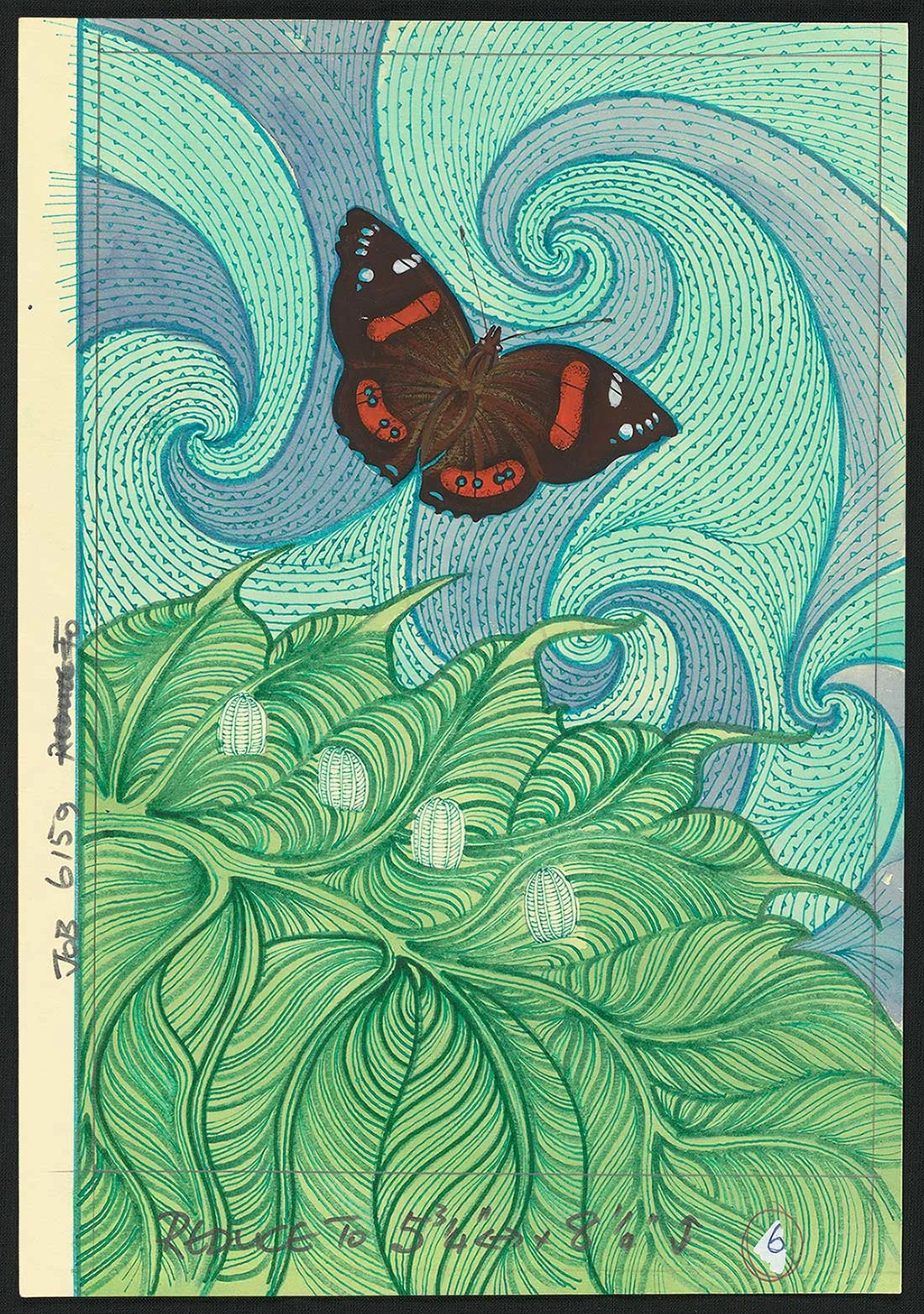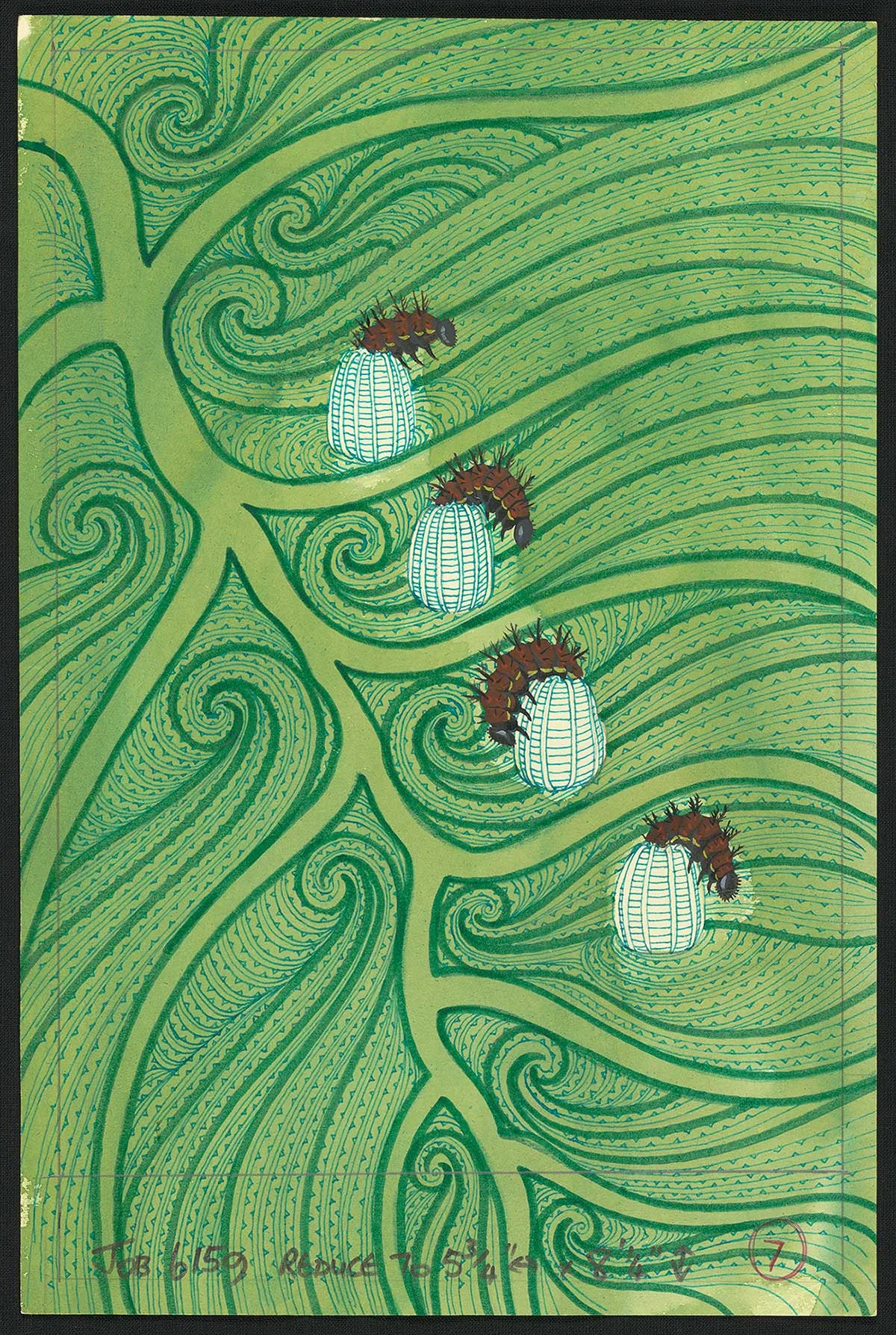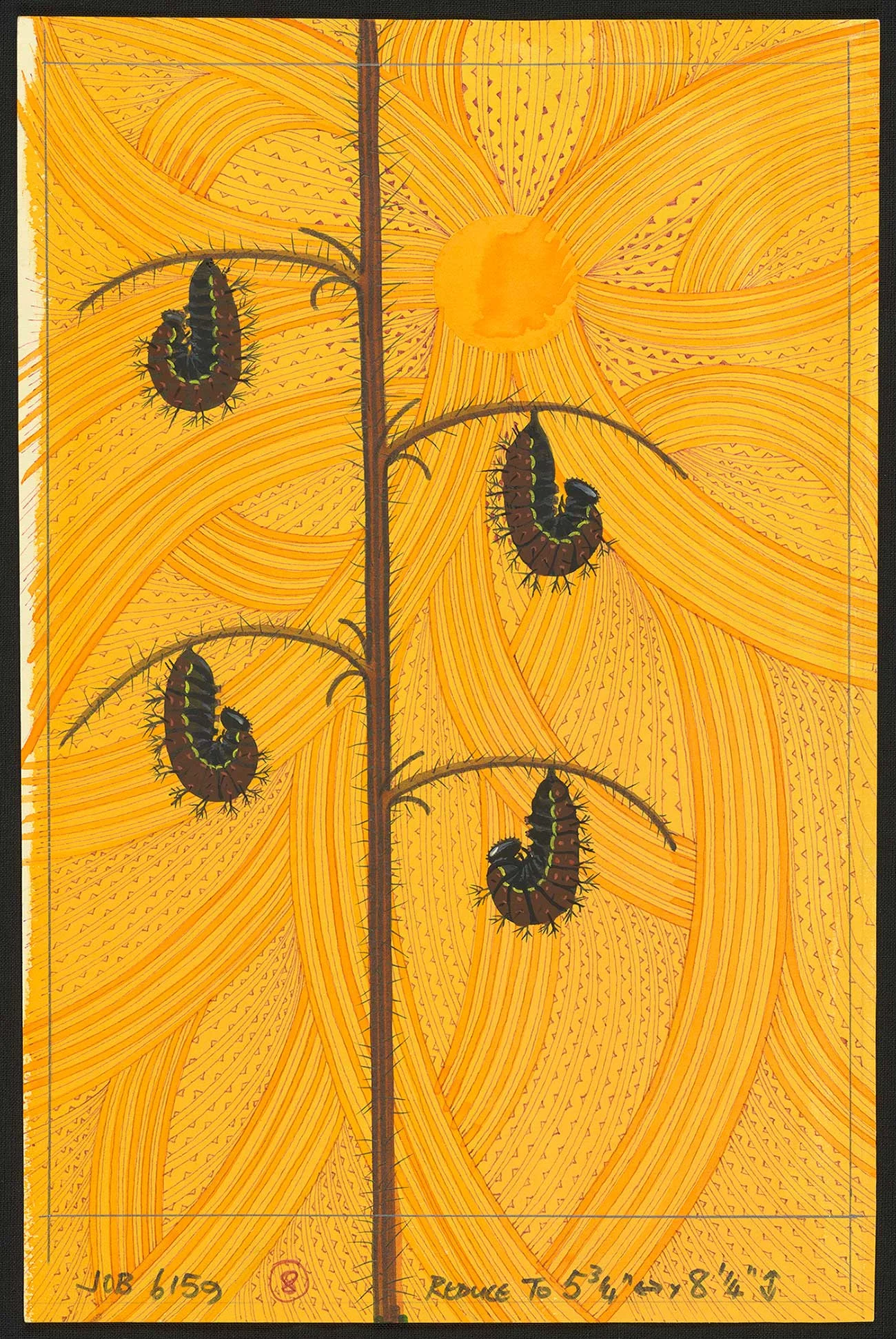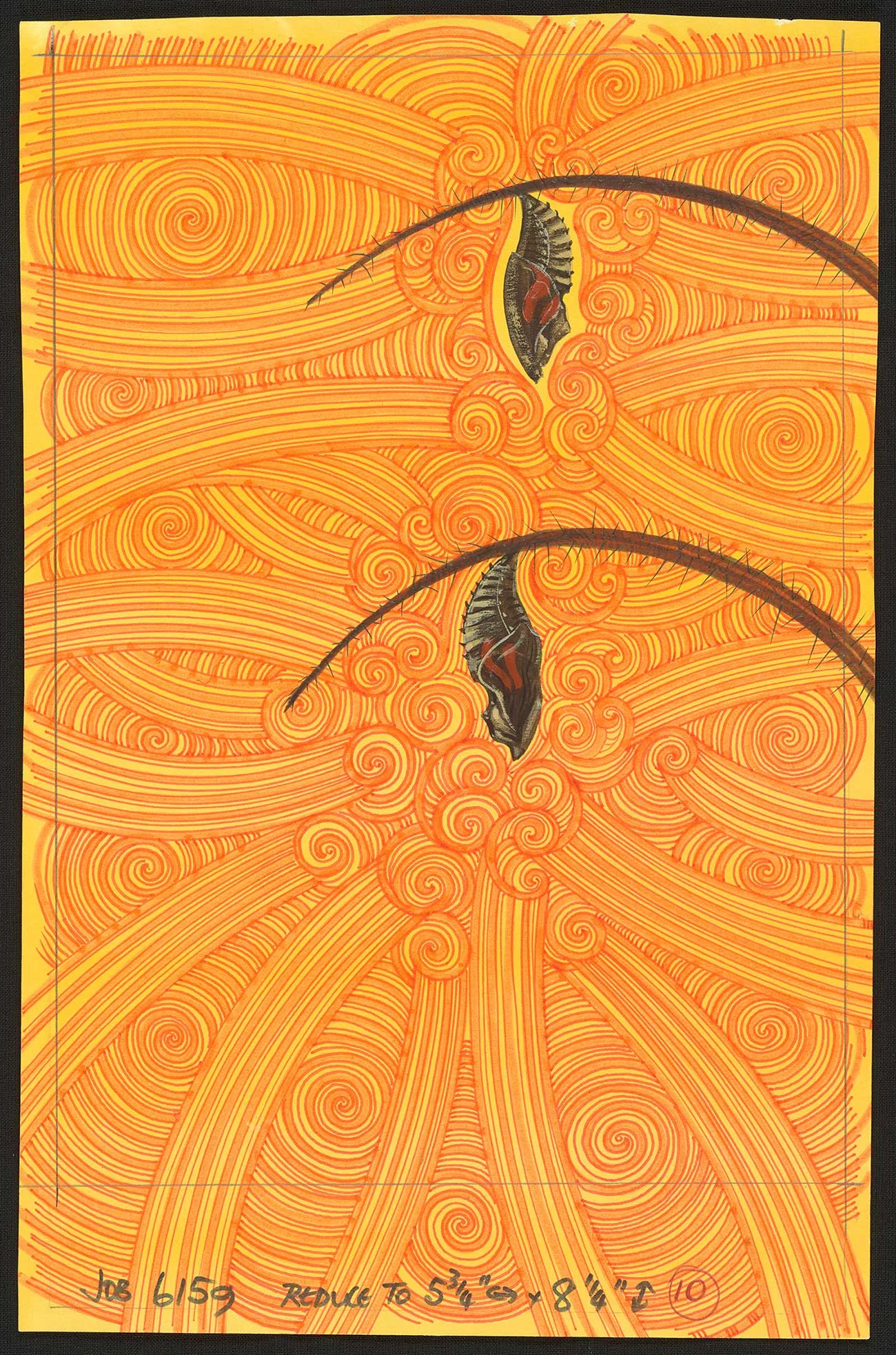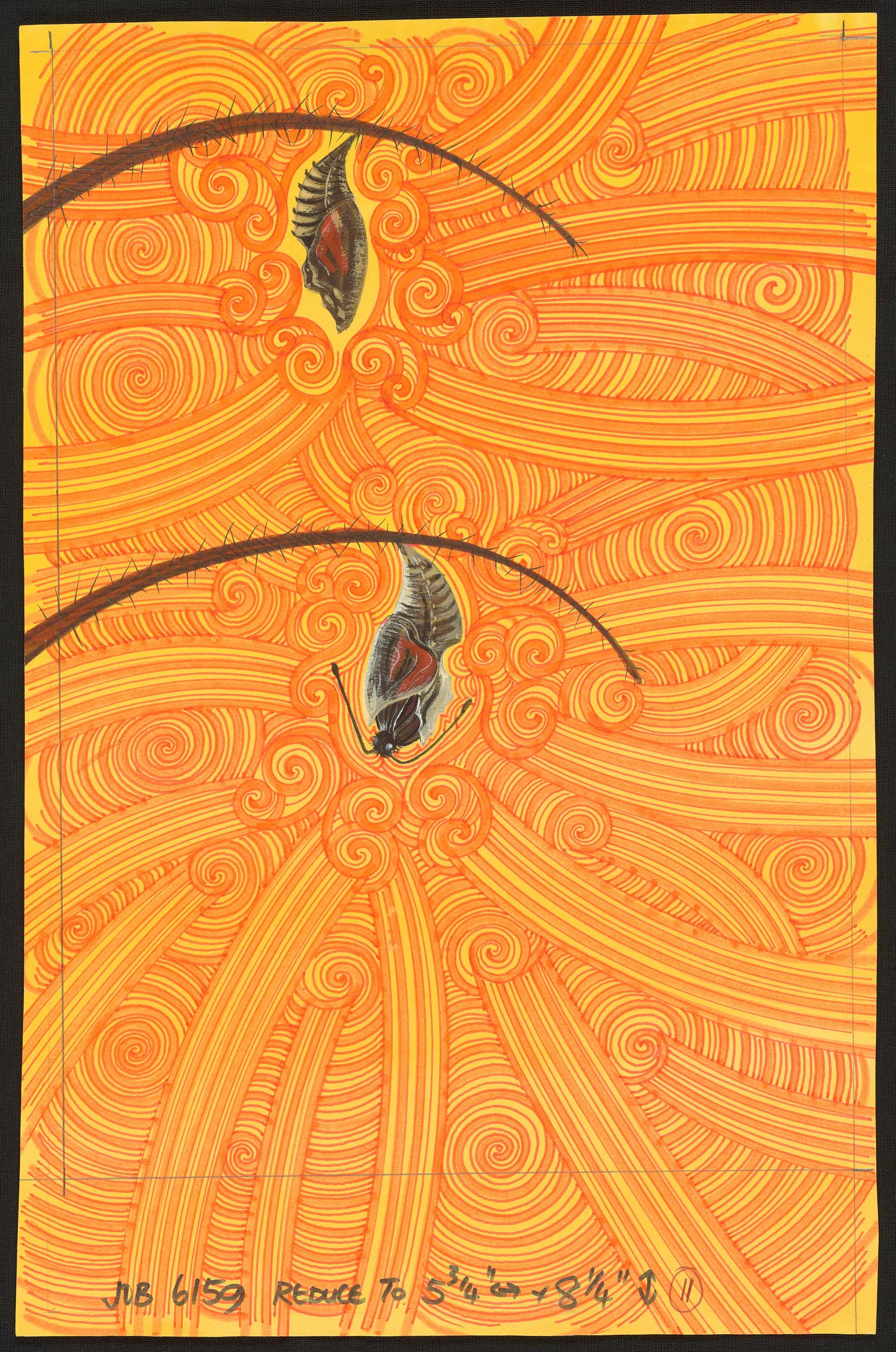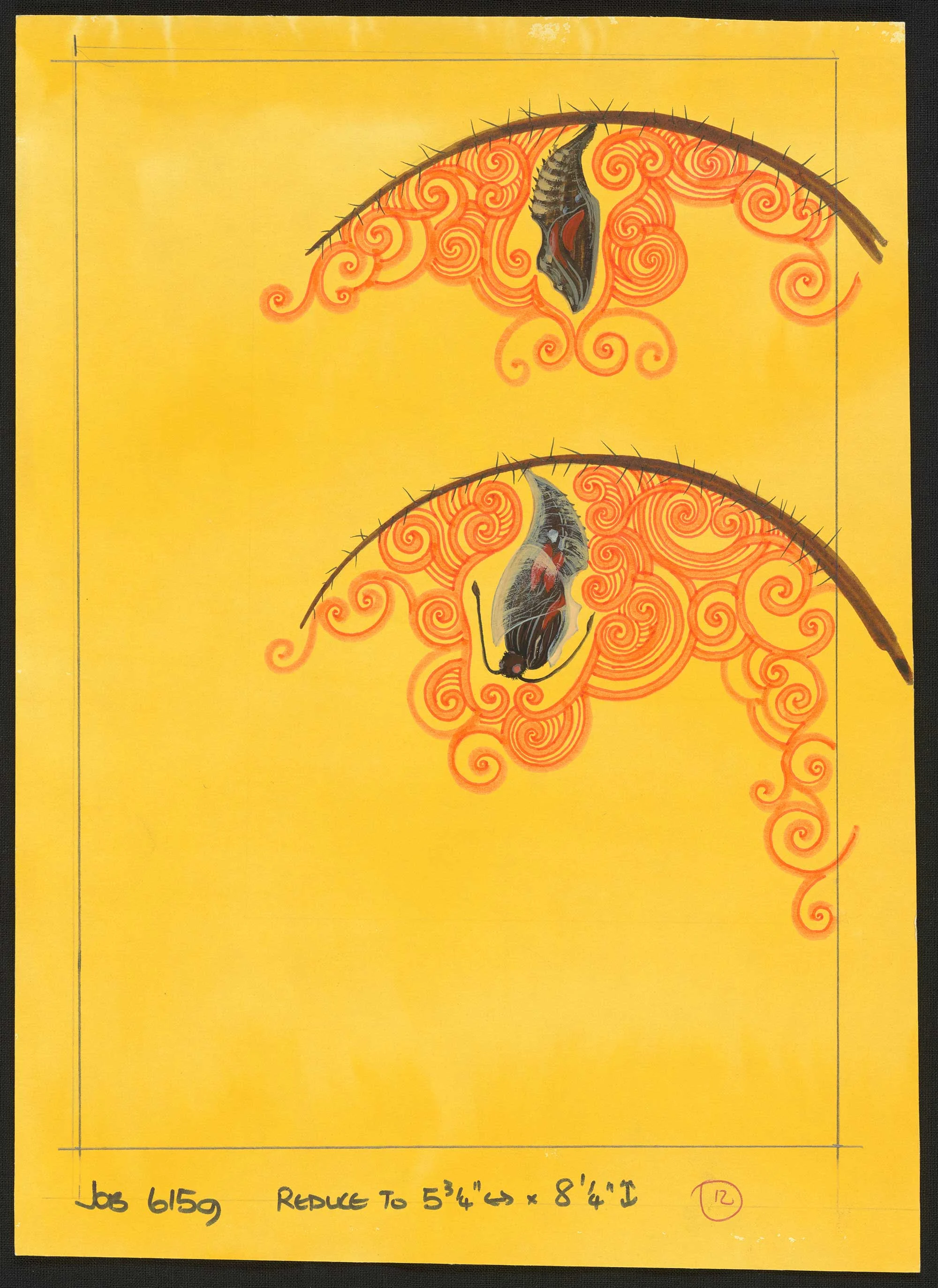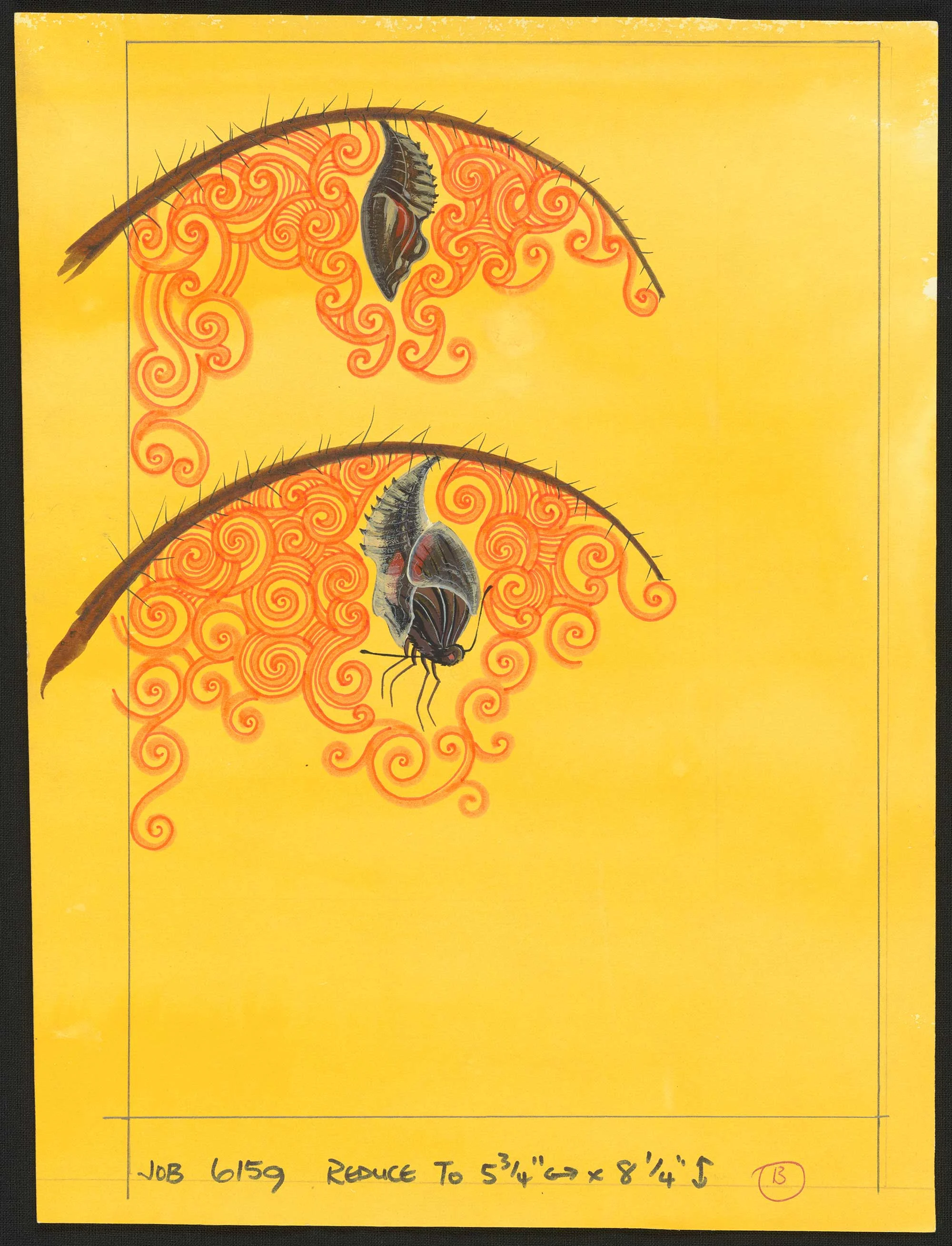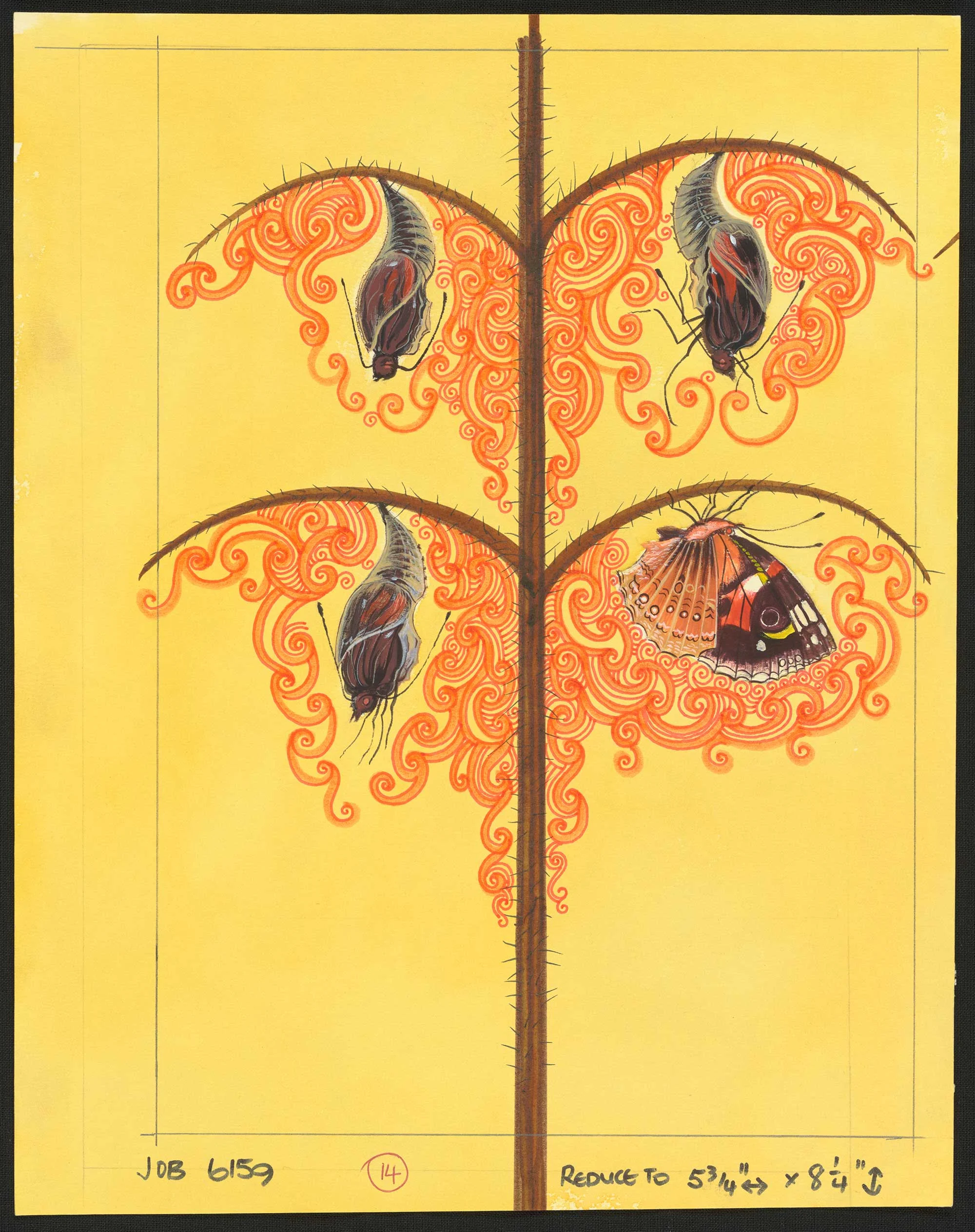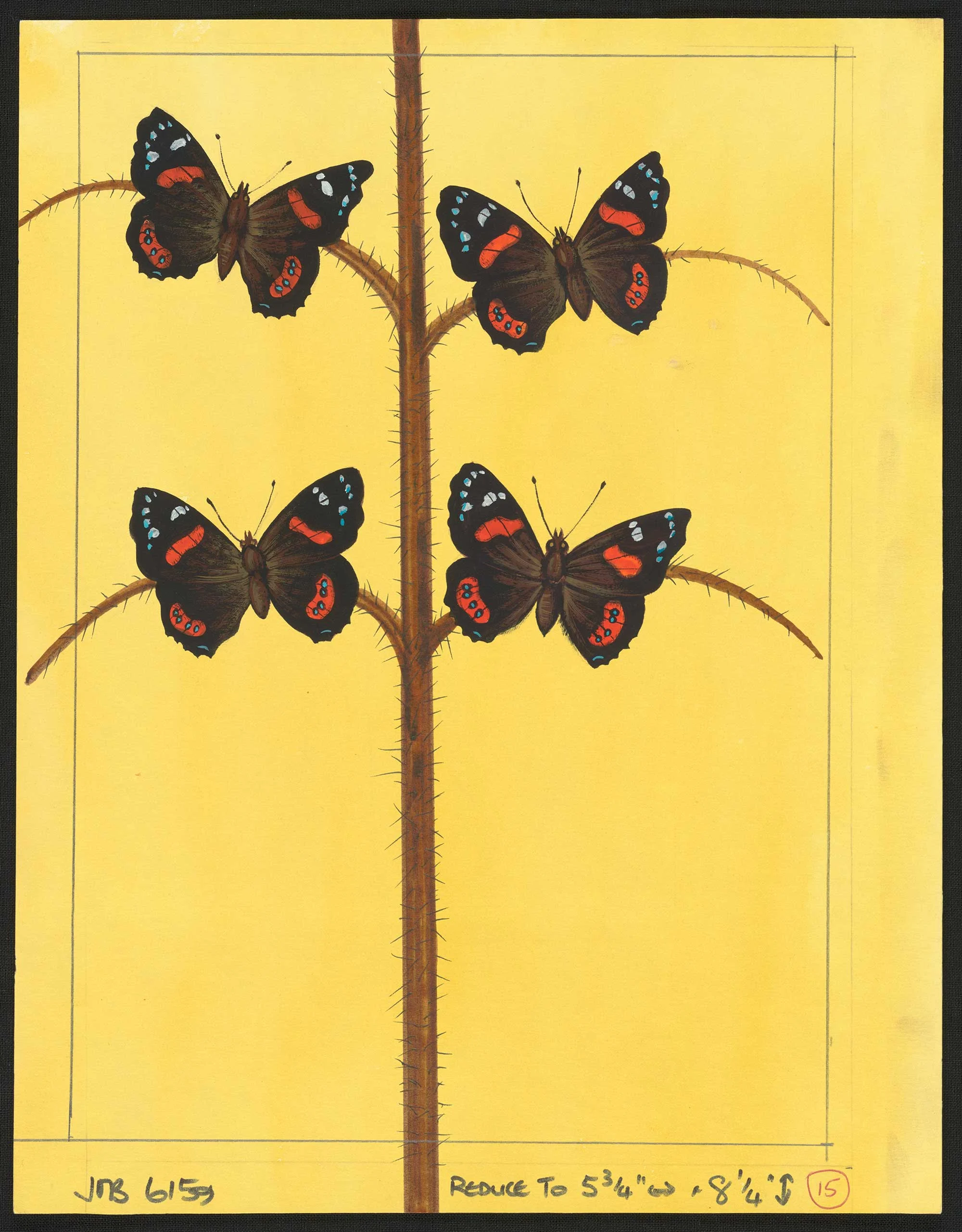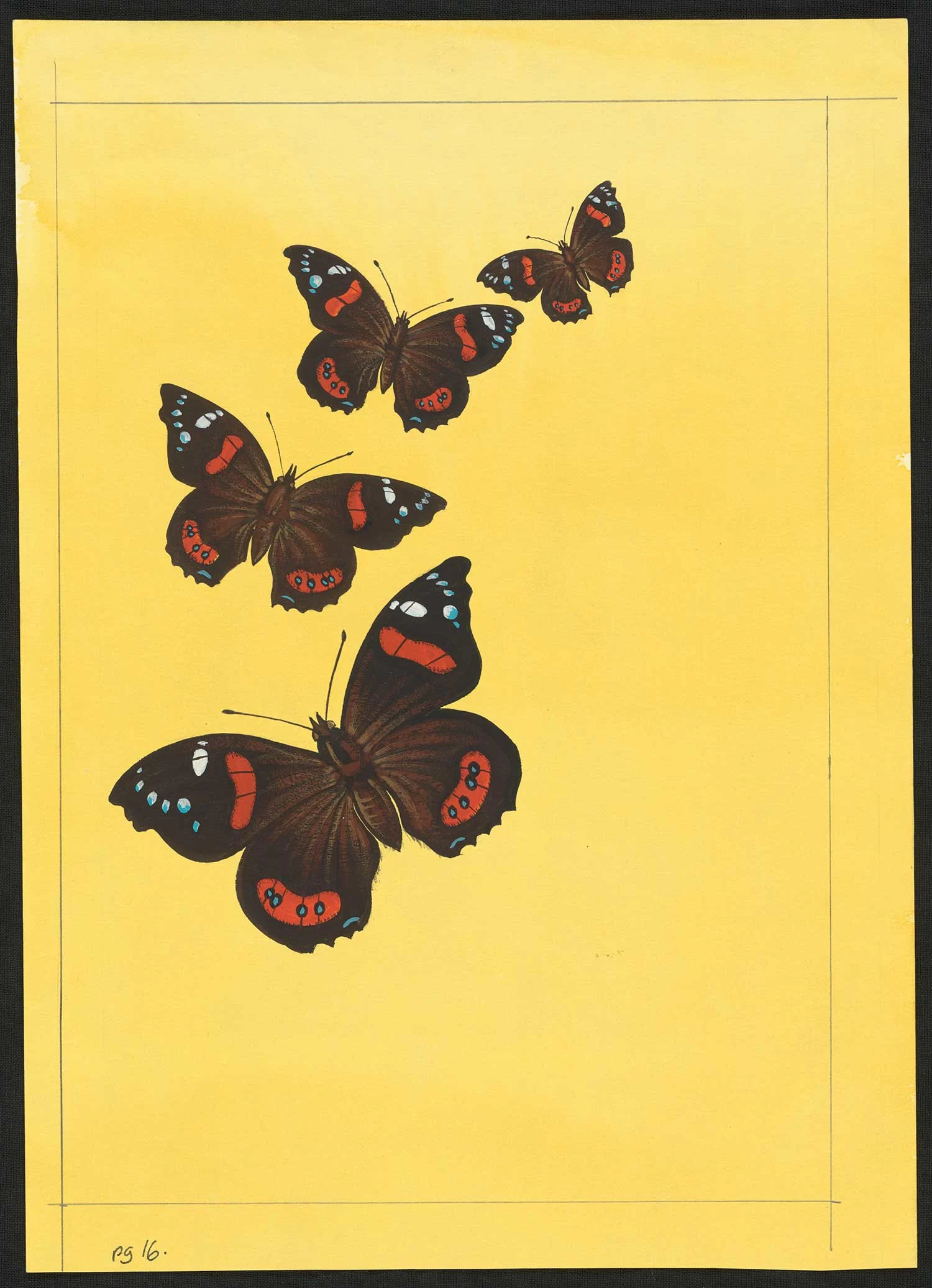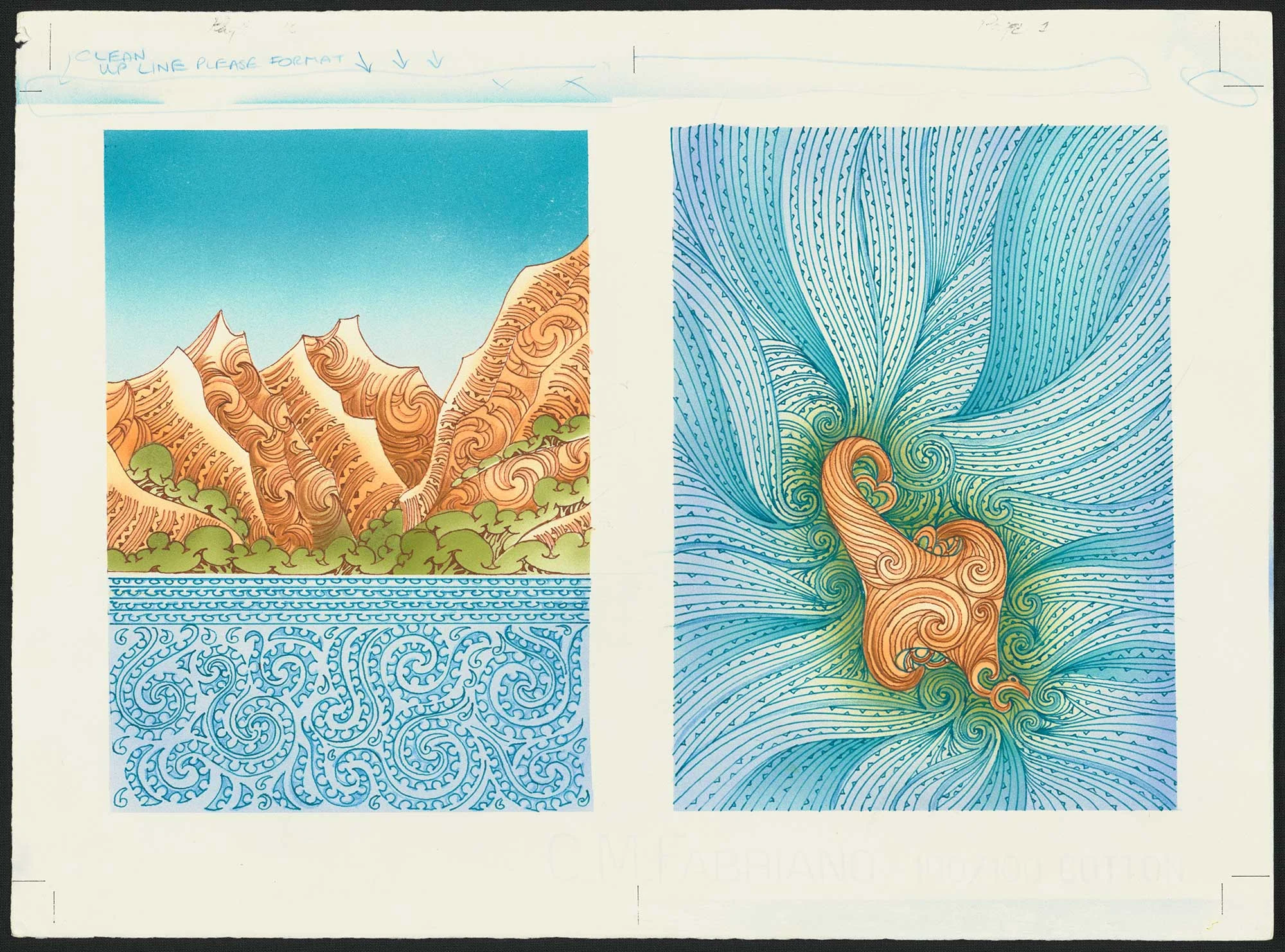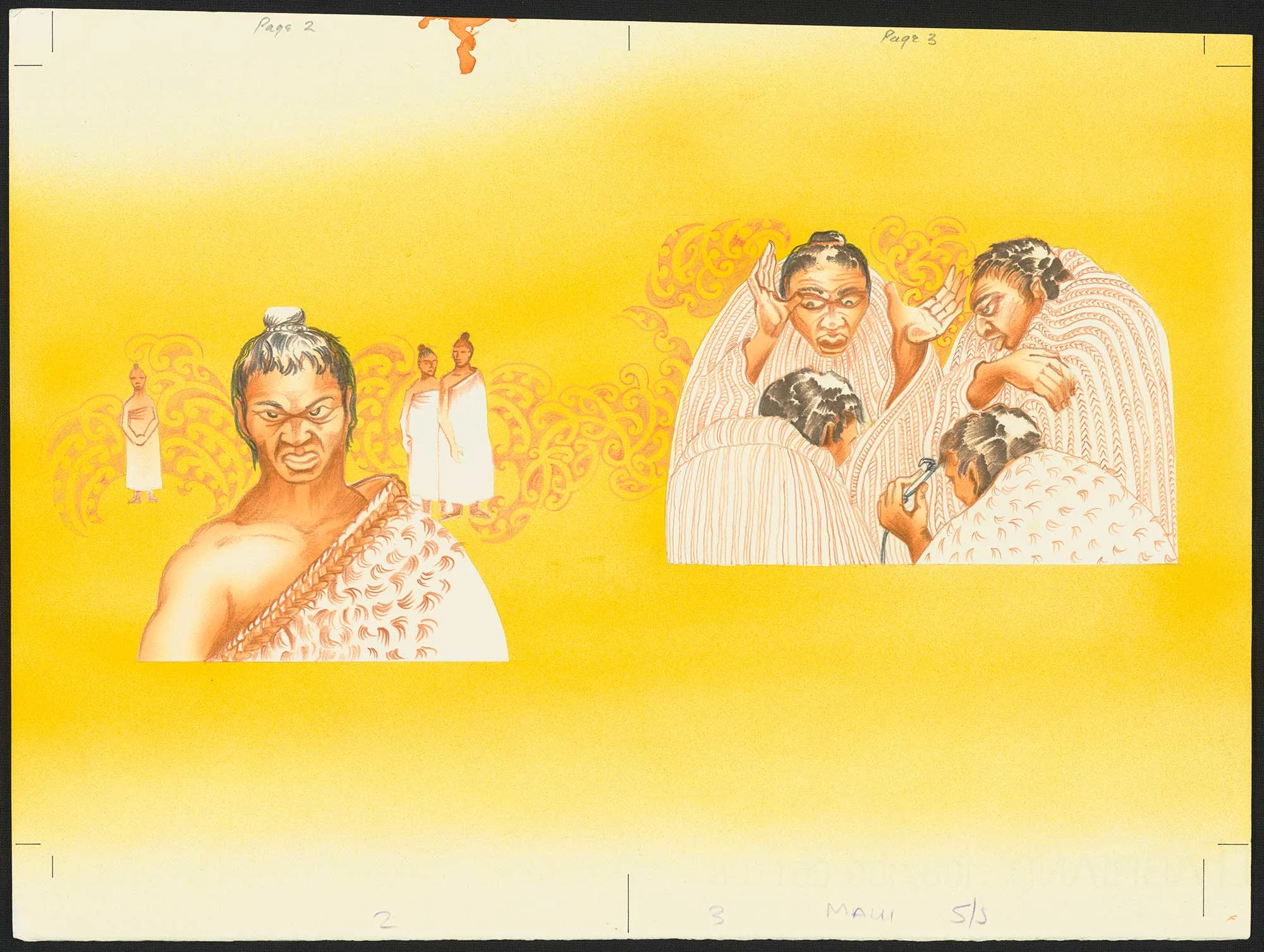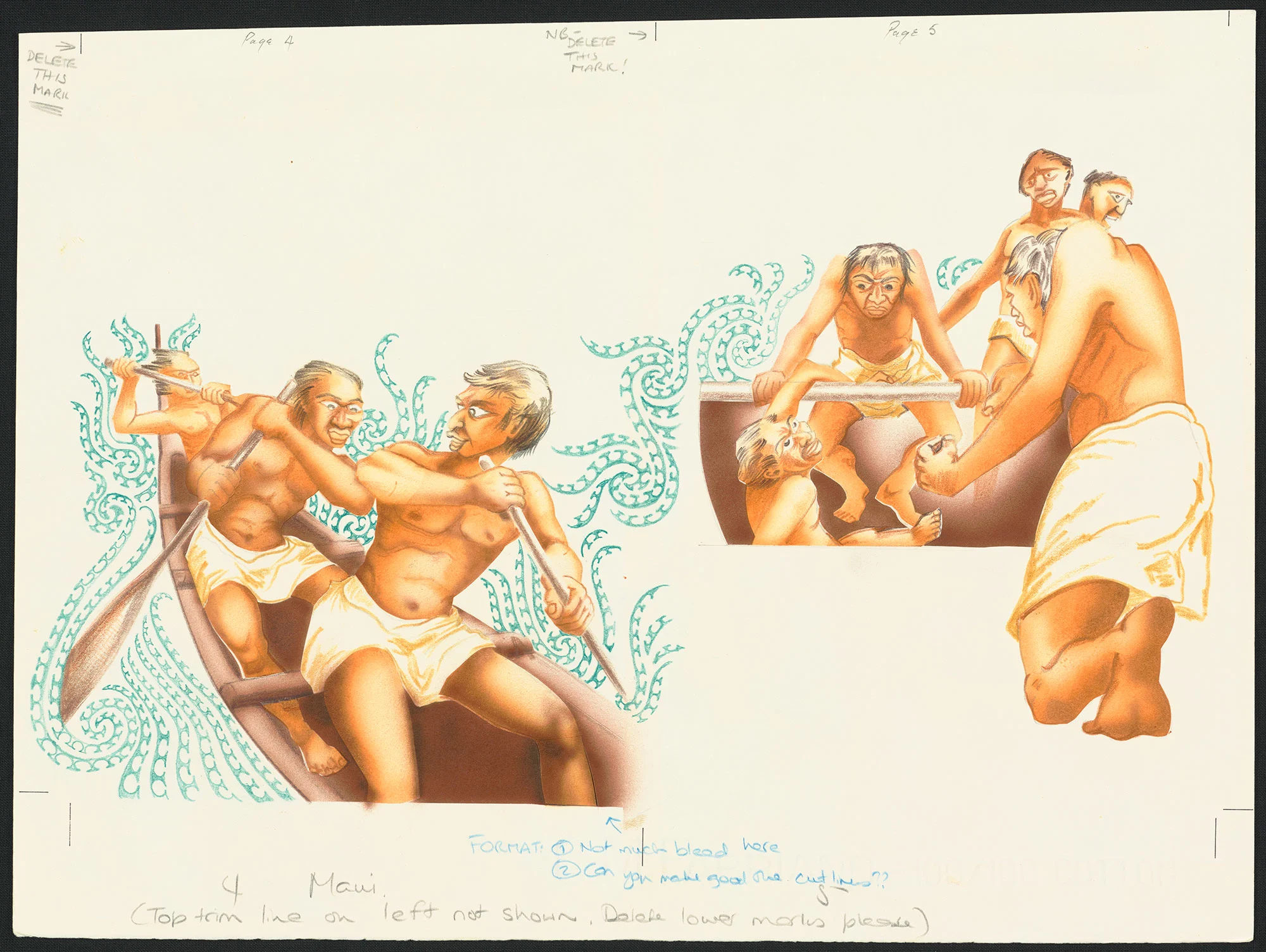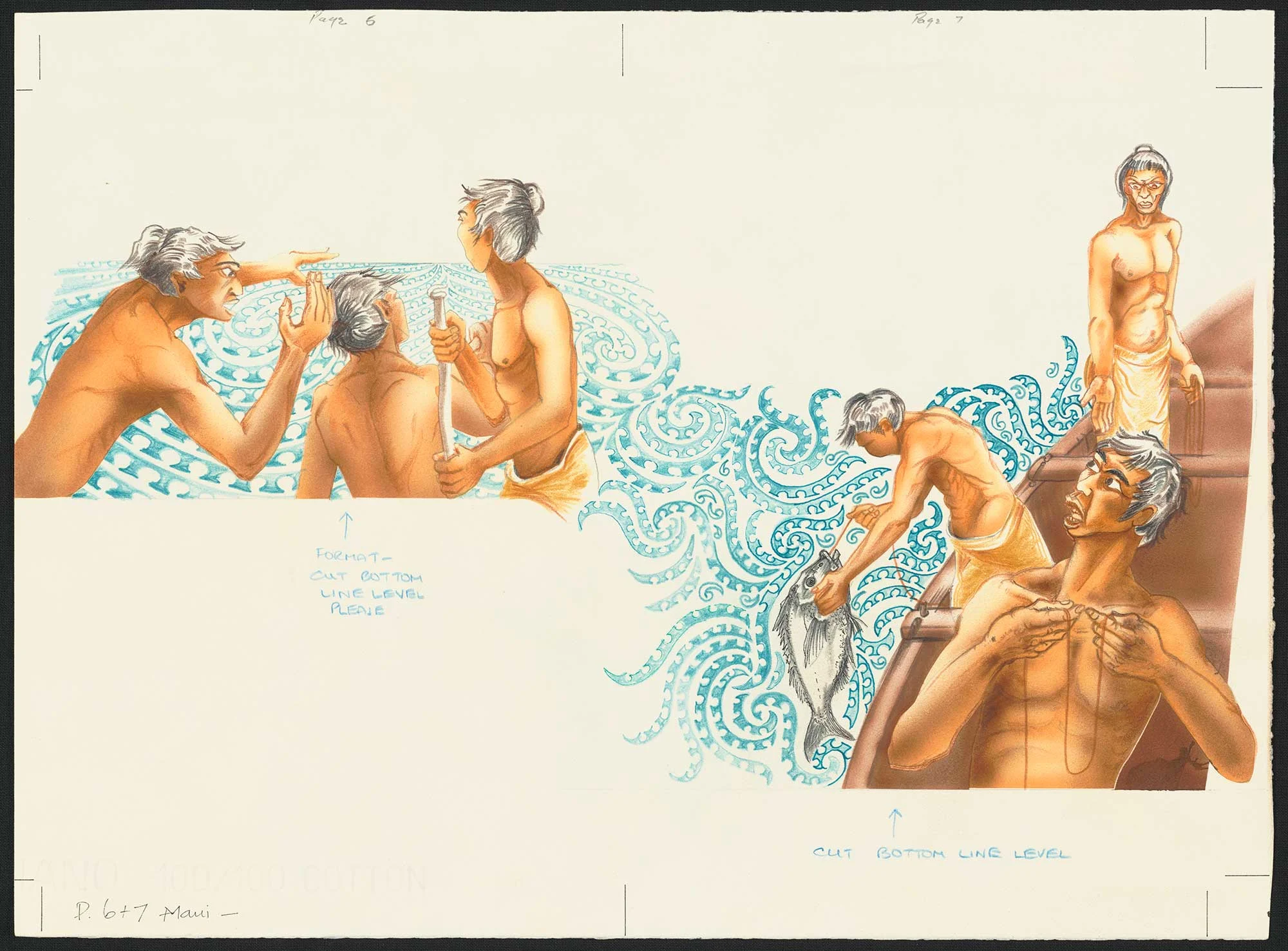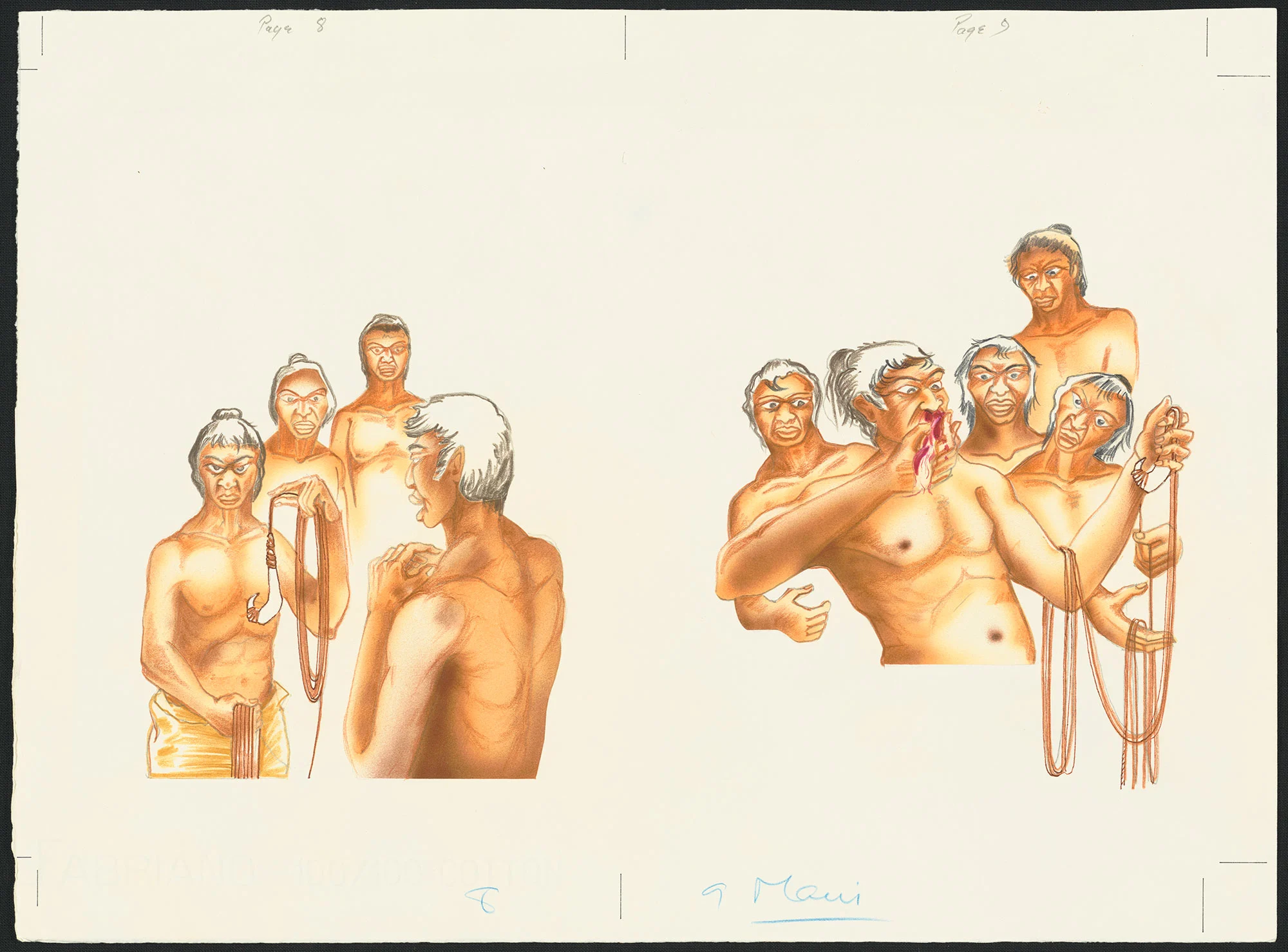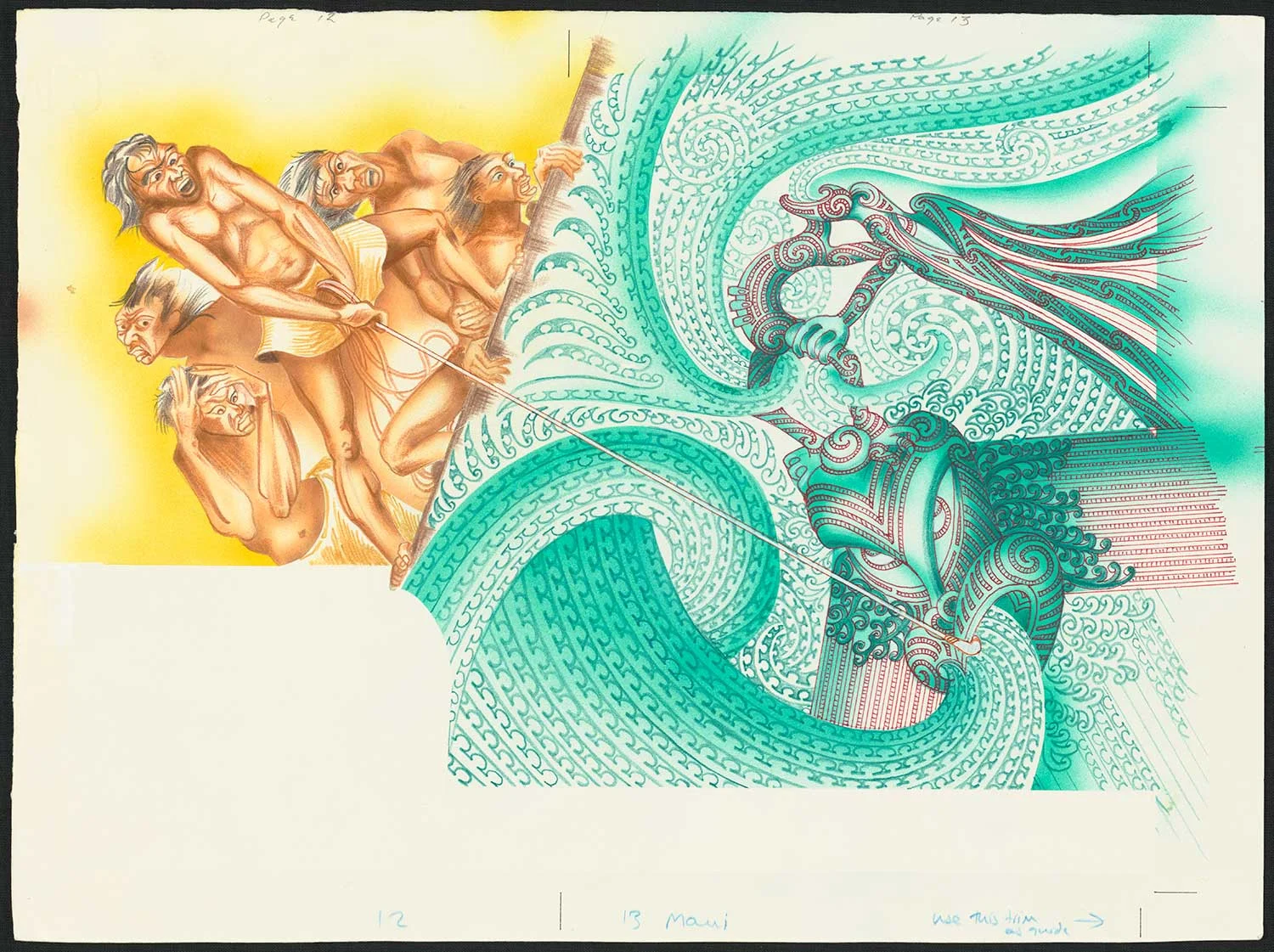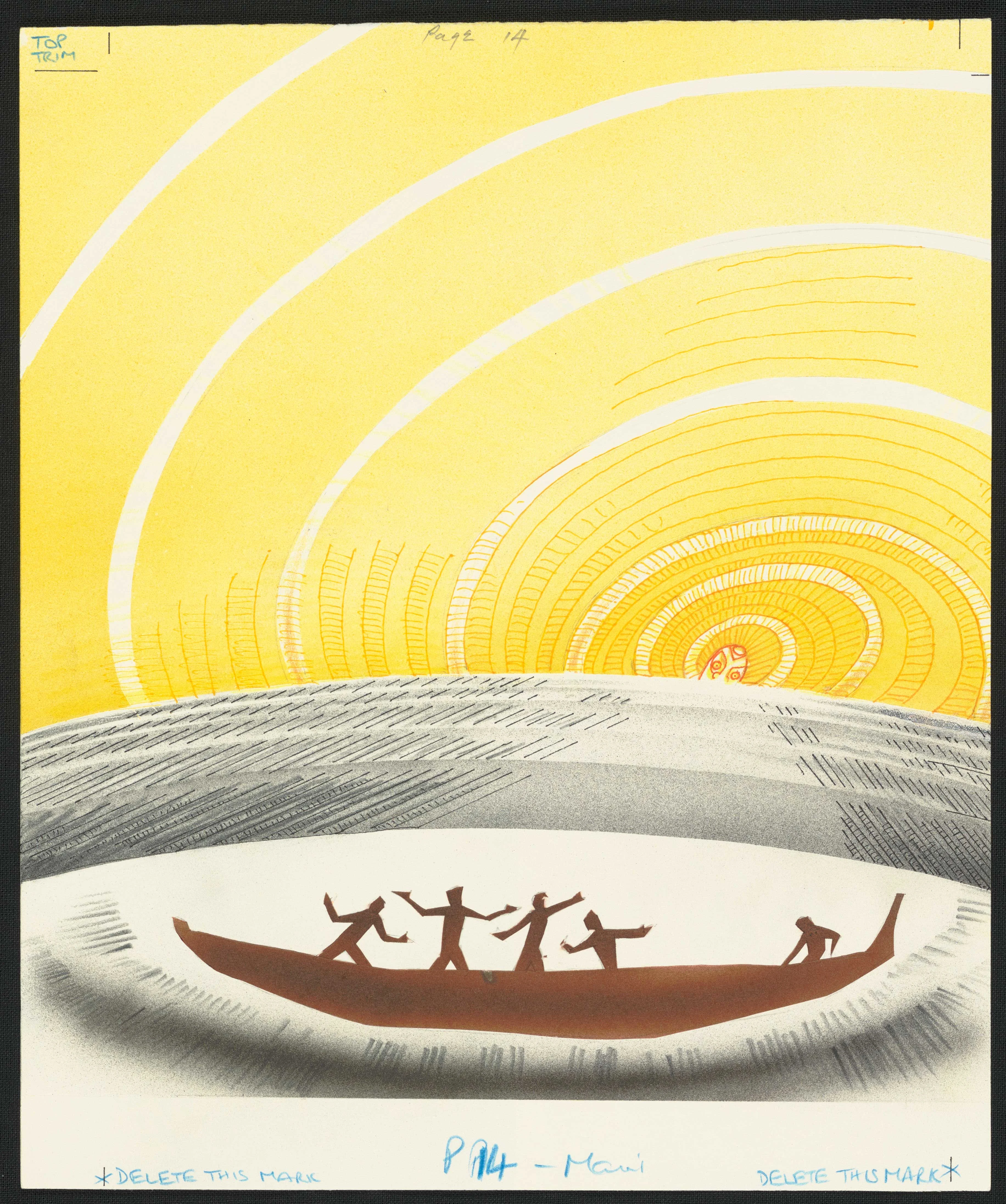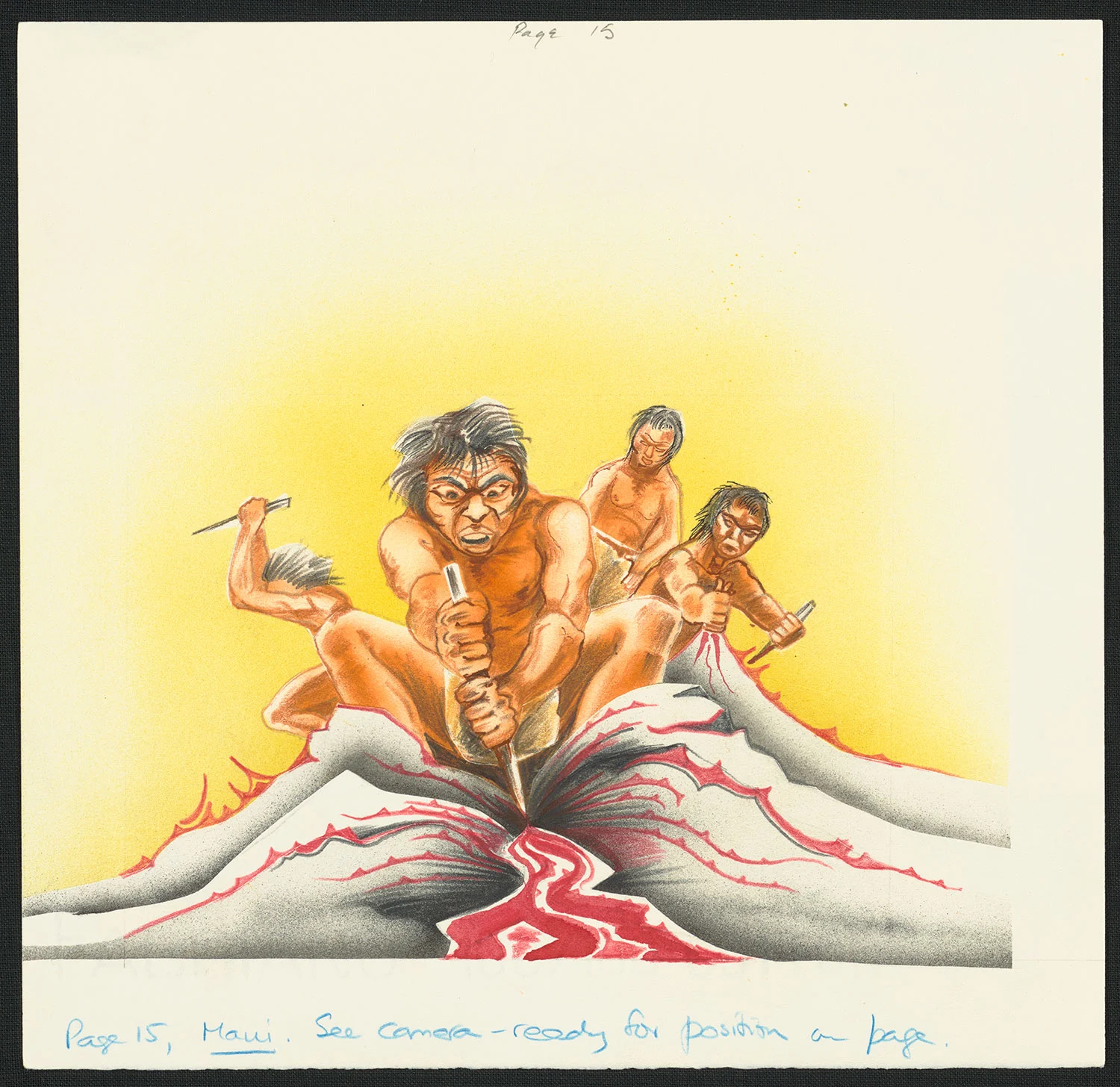Cliff Whiting
Cliff Whiting (Te Whānau ā Apanui) made an outstanding contribution to New Zealand art and culture in a career spanning more than 50 years. His passion for community, whakapapa and the revitalisation of mātauranga Māori is reflected in his work for the ‘School Journal’.
Cliff Whiting (Te Whānau ā Apanui) (1936 to 2017) was born in Te Kaha. He made an outstanding contribution to New Zealand arts and culture in a career spanning more than 50 years in the fields of art education, art administration, marae building and renovation — and as an individual artist.
During the period in which Cliff Whiting attended teachers' college (1955) he met E. Mervyn Taylor, who boarded with him in Wellington. Taylor was a significant contributor to the ‘School Journal’, and later a mentor to Whiting.
Early in his career, Whiting was significantly influenced by the tohunga whakairo (master carver) Pineāmine Taiapa, whom he studied under. This led to Whiting restoring and building important wharenui (meeting houses) around Aotearoa New Zealand and becoming an advocate for a kaupapa Māori approach to preservation. Whiting was instrumental in shaping Te Papa as its Director of Bicultural Relations and went on to become the museum’s first Kaihautū (Māori coleader). He also oversaw the design and build of Te Papa's marae, 'Rongomaraeroa' which combines both traditional and modern design elements.
On Whiting’s role as an artist and carver, curator Nathan Pōhio wrote that he “sought to understand a given place and its people in order to fulfil his commissioned obligations to them. In doing so he built a reputation for leaving fine work and bubbling kōrero around identity and cultural memory, specific to those he worked with.”
Whiting’s passion for community, whakapapa and the revitalisation of mātauranga Māori (knowledge) through the arts was reflected in his mahi for the ‘School Journal’. This tended to focus its Māori content on oral and social histories. The first set of illustrations here are for the publication ‘Pūrerehua’ (Kahukura) (1981) written by Hirini Melbourne, and is from the series ‘He Purapura’, aimed at a level suitable for developing te reo readers. The second are for the book ‘Te Ika a Maui’ (1989) — an account of the origins of the North Island written by Rewa McConnell — which was part of the series Nga Tamariki Iti o Aotearoa.
